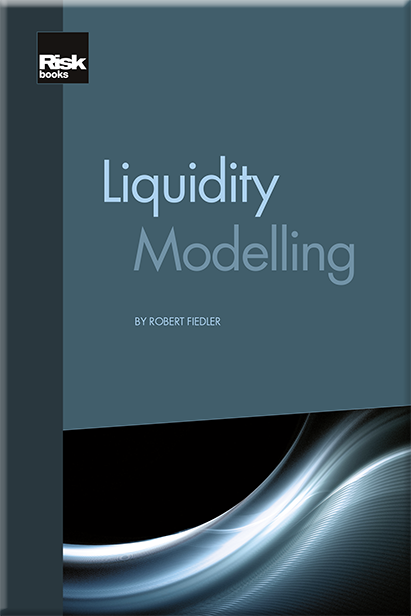Liquidity Modelling
Liquidity Modelling
Couldn't load pickup availability
The global financial crisis showed the crippling effect poor liquidity risk management can have on markets and on firms.
In its wake, market practitioners and regulators alike recognise the necessity of effective management of liquidity and assessment of risks. Yet liquidity remains fuzzy even at a conceptual level, and liquidity risk management an emerging discipline.
Liquidity Modelling by Robert Fiedler is a guide on how to model and manage liquidity risk for financial market practitioners.
The author’s practical approach equips the reader with the tools to understand the components of liquidity risk, how they interact and, as a result, to build a quantitative model to display, measure and limit risk.
Share

More information
About the Author
Table of contents
1 Introduction
2 Setting the Scene: Why Liquidity Is Important in a Bank
3 What Is Liquidity Risk?
4 Illiquidity Risk: The Foundations of Modelling
5 Capturing Uncertainties
6 A Template for an Illiquidity Risk Solution
7 The Counterbalancing Capacity
8 Intra-Day Liquidity Risk
9 Liquidity Transfer Pricing and Limits
10 The Basel III Banking Regulation

